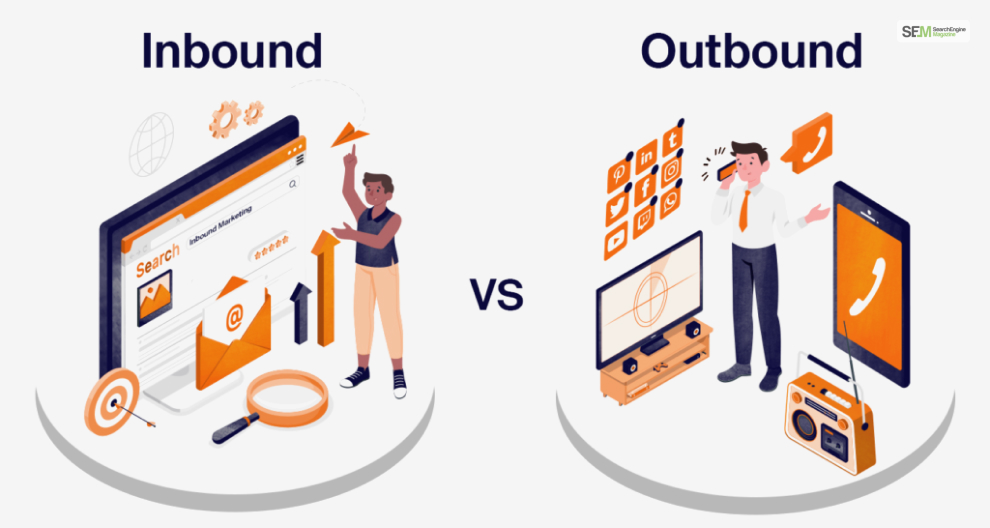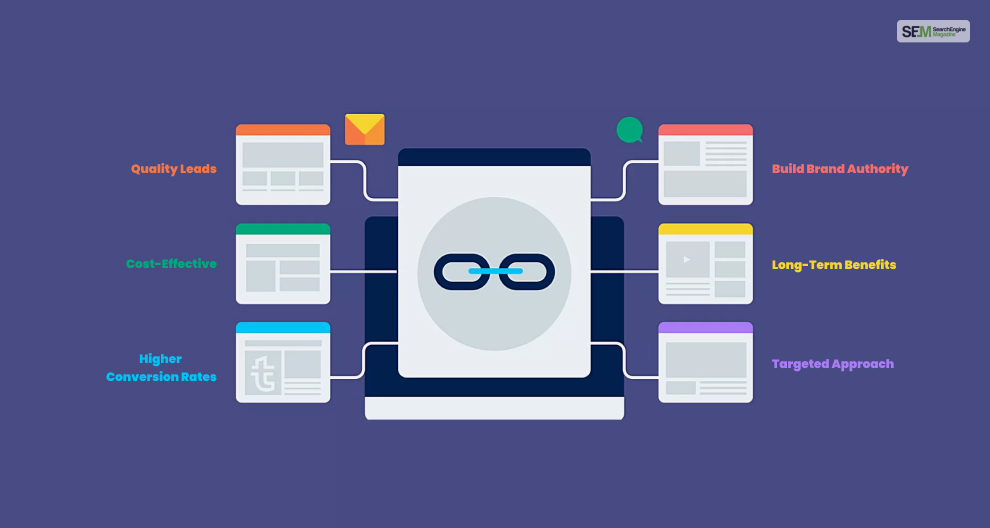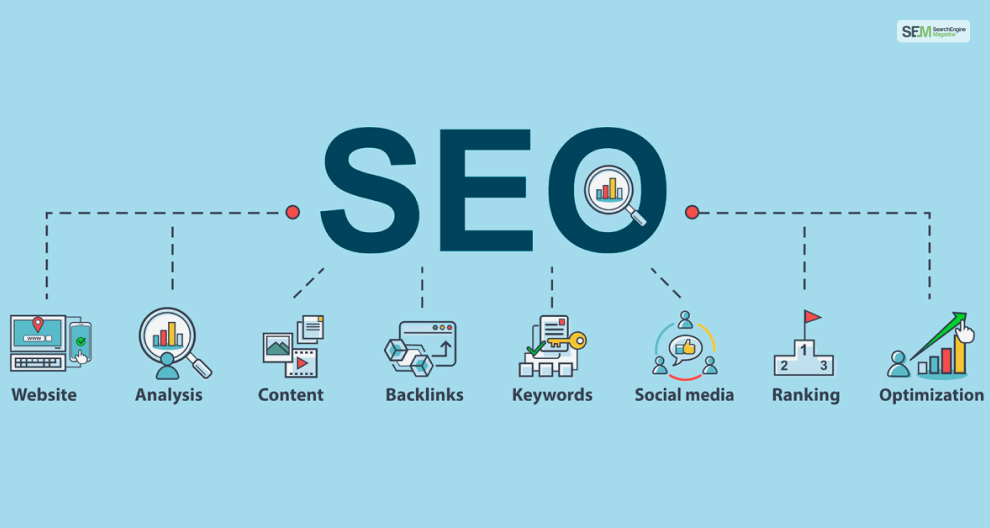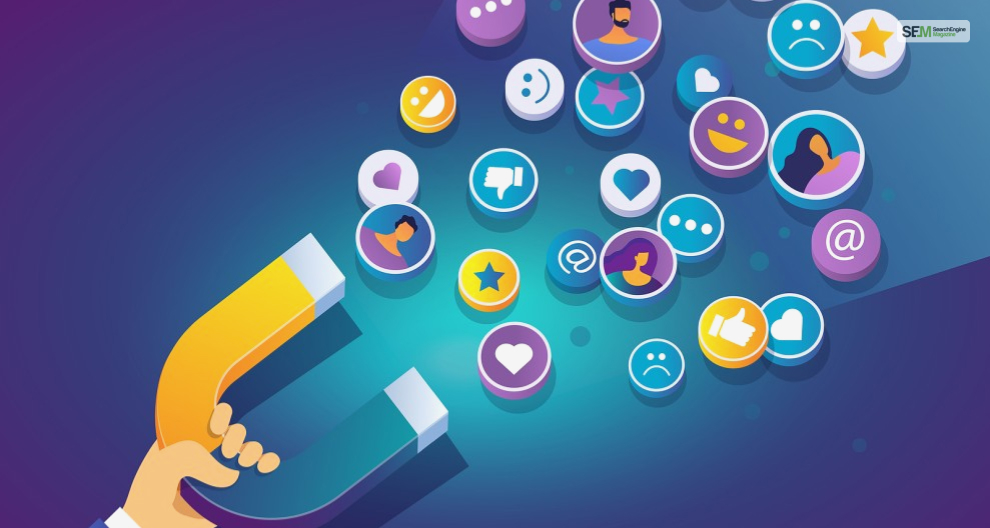How To Know If Someone Blocked You On iMessage? 5 Secret Hacks!
Apr 16, 2025

Apr 16, 2025

Apr 16, 2025

Apr 15, 2025

Apr 11, 2025

Apr 11, 2025

Apr 11, 2025

Apr 08, 2025

Mar 29, 2025
Sorry, but nothing matched your search "". Please try again with some different keywords.


If you have a business, you know how hard it is to gain new customers. A lot of steps are required to gain new customers, starting with a good product development plan and a sound SEO and digital marketing strategy. While these efforts lead to direct sales and increase your customer base, they are also helpful for generating inbound leads.
Leads are highly essential for all businesses because they represent the number of people interested in your business. They are people who have heard about your business and are interested in buying your products and services. After generating leads, you must communicate with them to turn them into buyers.
Therefore, if you want to generate lots of leads for your business and incur more sales and revenues, read this post till the end. In this post, you will learn about how to generate leads and understand their importance.

Inbound leads refer to potential customers or prospects who initiate contact with a company or organization through various marketing or communication channels.
These leads are actively showing interest in the company’s products or services, often by reaching out or taking some form of action in response to the company’s marketing efforts.
Such leads are typically contrasted with outbound leads, where a company’s sales and marketing teams actively reach out to potential customers.
Also, don’t confuse inbound leads with inbound links and outbound links. The latter falls in the backlink generation category, which is a separate category altogether. Backlinks are links that you have to other websites in your website content, and vice versa. Such links help in boosting the credibility, authority, and trustworthiness of your website in Google search.

Inbound leads and outbound leads are two distinct approaches to generating potential customers or clients for a business. Here’s a detailed explanation of their differences:
| Inbound Leads | Outbound Leads | |
|---|---|---|
| Initiator | Inbound leads are generated when potential customers initiate contact with a business. This can happen through various channels, such as the company’s website, social media, blog posts, or online search. | Outbound leads are generated when a business proactively reaches out to potential customers. This can be through cold calling, emailing, direct mail, or advertising. |
| Driver | Inbound marketing focuses on creating valuable content that attracts potential customers. This content can include blog articles, videos, ebooks, webinars, and more. The goal is to provide information and solutions that address the needs and pain points of the target audience. | On Outbound marketing, which is more promotional in nature. It involves pushing a message or offer to a broad audience to capture the attention of a subset who may be interested. |
| Orientation | Inbound leads are often based on permission and opt-in. Customers willingly provide their contact information or engage with the business’s content because they are genuinely interested in the products or services offered. | Outbound marketing methods can be interruptive. They often reach people without any interest in the business. This can lead to a lower response rate and, a higher likelihood of rejection. |
| Qualification | Inbound leads tend to be more qualified because they have already expressed interest in the business. They are further along in the buyer’s journey and may be closer to purchasing. | Outbound marketing can generate more leads, but these leads may be less qualified than inbound leads. Many outbound leads may not genuinely be interested in the product or service. |
| Ficus | Inbound marketing often emphasizes building long-term relationships with leads and customers. It aims to nurture leads through personalized communication and engagement over time. | Outbound marketing is often used for short-term sales goals and lead generation. It may be more effective in industries where immediate responses and conversions are essential. |
In summary, the primary difference between inbound leads and outbound leads lies in how they are generated and the level of customer interest and engagement. Customer-initiated actions drive inbound leads and tend to be more qualified and relationship-focused.
On the other hand, outbound leads involve proactive outreach and are typically more promotional but may have a lower level of qualification. Businesses often combine both strategies to create a balanced approach to lead generation and customer acquisition.

Inbound lead generation is crucial for businesses for several reasons like:
Inbound leads often come from individuals or companies who have shown genuine interest in your products or services. These leads are more likely to convert into customers because they have initiated contact or engagement with your brand.
Inbound lead generation methods, such as content marketing, SEO, social media, and email marketing, can be cost-effective compared to outbound methods like cold calling or paid advertising. Over time, the cost per lead tends to be lower.
Inbound leads are typically further along in the buying process. They’ve already expressed interest or identified a need, making them more likely to convert into paying customers.
Creating valuable content, sharing expertise, and providing solutions through inbound marketing can establish your brand as an authority in your industry. This can attract more leads and help retain existing customers. This is essential in digital fashion marketing.
Inbound lead generation strategies, such as content marketing, can have a lasting impact. Well-optimized content can continue to attract leads and provide value for an extended period, reducing the need for ongoing advertising spend.
Inbound methods allow you to tailor your content and messaging to specific audience segments. This targeted approach can attract leads that are a better fit for your products or services.
Inbound marketing allows you to adapt to changes in customer behavior and industry trends. You can refine your strategies based on analytics and feedback, ensuring that you’re consistently attracting the right leads.

Generating inbound leads requires a strategic approach that involves attracting potential customers to your business through various marketing efforts. Below, I’ll explain in detail each point on how to generate leads. for eCommerce business:

When people visit a company’s website and express interest by exploring different pages, filling out contact forms, or signing up for newsletters, they become inbound leads.
Follow these steps to do so:

Companies create valuable content such as blog posts, videos, ebooks, or webinars that attract potential customers searching for information about their products or services. When these individuals engage with the content or subscribe to updates, they become inbound leads.
Follow these steps to get started:

By optimizing their website for search engines, companies can attract organic traffic from people searching for relevant keywords. When these visitors find and engage with the company’s website, they become inbound leads.
Here are some practices of SEO you must use:

Businesses use social media platforms to share content, interact with their audience, and respond to inquiries. When users engage with a company’s social media posts, send direct messages, or comment with questions, they become inbound leads.
Here’s how you can use this for lead generation:

Subscribers to a company’s email list are considered inbound leads. These individuals have shown interest in receiving updates and offers from the company.
Email marketing campaigns help in many ways. Some of the best ways are:

When satisfied customers recommend a company’s products or services to others, the referred individuals become inbound leads when they reach out to the company.
Referrals can help in many ways, like:

Click-throughs from online ads or sponsored content can generate inbound leads if users take further action on the company’s website or landing pages.
Online advertising has many uses, like:

You can use analytics and monitoring practices like:

Lead magnets and landing pages are important for lead generation because:

Here is how live chat and customer support features can help generate leads:
Inbound leads are valuable because they have already expressed some level of interest in a company’s offerings, making them more likely to convert into paying customers. Companies often use various strategies to nurture and convert these leads into sales, such as lead scoring, personalized communication, and targeted marketing campaigns.
Remember that generating inbound leads is an ongoing process that requires consistent effort and refinement of your strategies. Continuously analyze your results and adapt your approach based on your target audience’s changing needs and preferences.
If you have any queries regarding inbound leads and how to generate them, let me know in the comments below!
Also Read
Mashum Mollah is the feature writer of SEM and an SEO Analyst at iDream Agency. Over the last 3 years, He has successfully developed and implemented online marketing, SEO, and conversion campaigns for 50+ businesses of all sizes. He is the co-founder of SMM.
View all Posts
How To Know If Someone Blocked You On iMessag...
Apr 16, 2025
7 Website Design Mistakes That Are Hurting Yo...
Apr 16, 2025
Programmable Dynamic SEO for Location-Based P...
Apr 15, 2025
Google Boba Game: How To Play This Fun Game B...
Apr 11, 2025
Which Is The Best Video Search Engine Of 2025...
Apr 11, 2025

